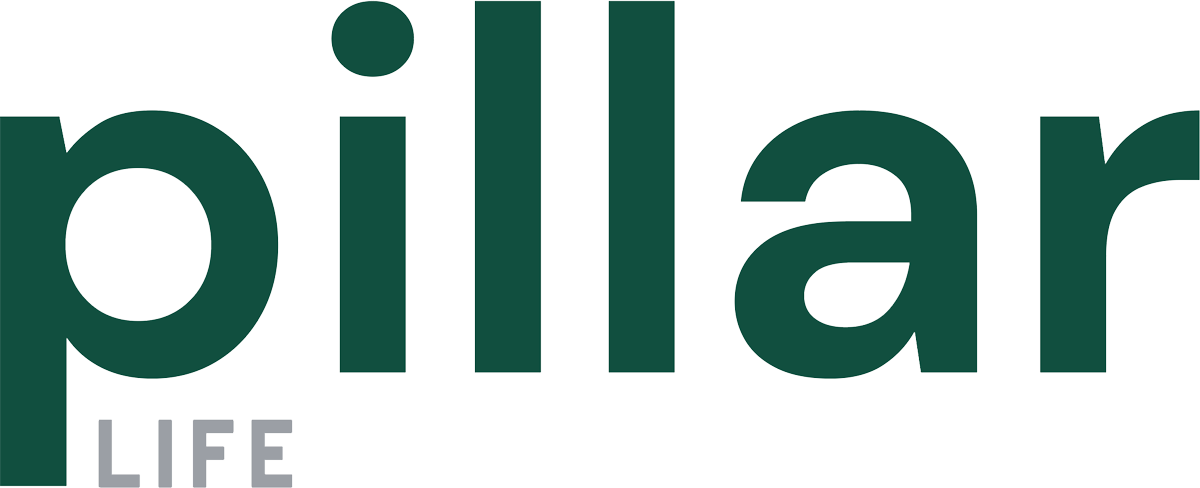
When planning for their financial future, many people tend to focus primarily on the balances in their accounts and how those will expand or change. An often overlooked aspect to that planning is the effect that taxation will have on their finances, especially for accounts focused on accumulation such as high-yield savings accounts or certificates of deposit.
Strategically leveraging the potential tax advantages of certain financial vehicles could save you hundreds or even thousands in tax liability by shifting when taxes are due and encouraging additional accumulation. This is called tax deferral, and it is only available in certain financial products.
Here is an overview of multi-year guaranteed annuities (MYGAs) and certificates of deposit (CDs) in terms of how taxation works—and how you can leverage tax advantages to maximize the accumulation of assets.
How a MYGA Works
A multi-year guaranteed annuity or MYGA is a product offered by insurance companies rather than banks. Used as an alternative to a certificate of deposit, the vehicle is funded with a lump sum and locked into a set term, typically between two and ten years (though some annuities are available for 12 years, 15 years, or some other, less common term).
Once the money is in a MYGA, it will accumulate at the rate that is specified in the contract. While the money is accumulating, it is not meant to be withdrawn. Some MYGAs may build in the option to withdraw up to 10% of the balance annually, but not all include this provision.
Unlike other types of annuities such as fixed annuities or SPIAs (single premium immediate annuities), MYGAs do not pay out on a regular schedule. The money remains within the MYGA to accumulate. Once the term is complete, the money and the additional funds generated by the accumulation rate are returned to the owner.
How a CD Works

A certificate of deposit is the banking industry’s version of a multi-year guaranteed annuity. As with a MYGA, a CD is funded by a lump sum, after which the money remains within the product and accumulates according to the specified rate.
Unlike MYGAs, most certificates of deposit do not allow withdrawals without incurring significant penalties. CDs are often available for shorter terms than MYGAs, such as six months or a year. When the CD’s term is complete, the money is returned to the owner alongside the accumulation.
The Taxation Differences Between MYGAs and CDs
Both MYGAs and CDs provide a place for money to accumulate over time—so what is the difference? The primary difference between a multi-year guaranteed annuity and a certificate of deposit is how they are taxed.
When utilizing a CD, the money that accumulates is taxed each year. This means that the owner of the account will be paying taxes multiple times over the lifespan of the CD.
MYGAs operate differently because they are tax deferred. Instead of paying taxes on accumulation each year, MYGA owners will only pay taxes when the accumulation is received as income at the end of the term.
Delaying taxes in this manner offers a financial advantage; rather than losing money each year to taxes, the full value of the MYGA’s balance can continue to accumulate untaxed. This leverages the money in a manner that promotes maximized performance.
It is important to note that some additional circumstances can impact the taxable amount within a MYGA or CD. Both can be held in qualified or non-qualified accounts.

These terms describe the type of money used to fund the account: qualified funds are those on which taxes have not yet been paid (like IRA’s), while non-qualified funds are after-tax dollars.
If a MYGA or CD is funded with qualified dollars, then taxes for the balance as well as the accumulation will be due when the money is withdrawn from the qualified account. With non-qualified funds the MYGA gets its full tax advantage.
Be sure to examine the terms of the MYGA before committing funds to ensure that it operates for the ideal duration and offers a rate of accumulation that aligns with personal goals.
Get the Right MYGA for Your Goals
MYGAs and CDs are similar products, but they do not leverage the potential of funds equally. Due to the tax deferral offered by MYGAs, assets can accumulate in a more advantageous manner, providing additional time to plan for tax consequences.
The specifics of the ideal MYGA will depend on each person’s unique financial and long-term goals, which is why Pillar Life Insurance offers an online portal where customers can choose the right MYGA on their own terms, without the hassle of a middleman.
Complete our form online to review the MYGAs that are available to you and choose the one that best suits your needs.
